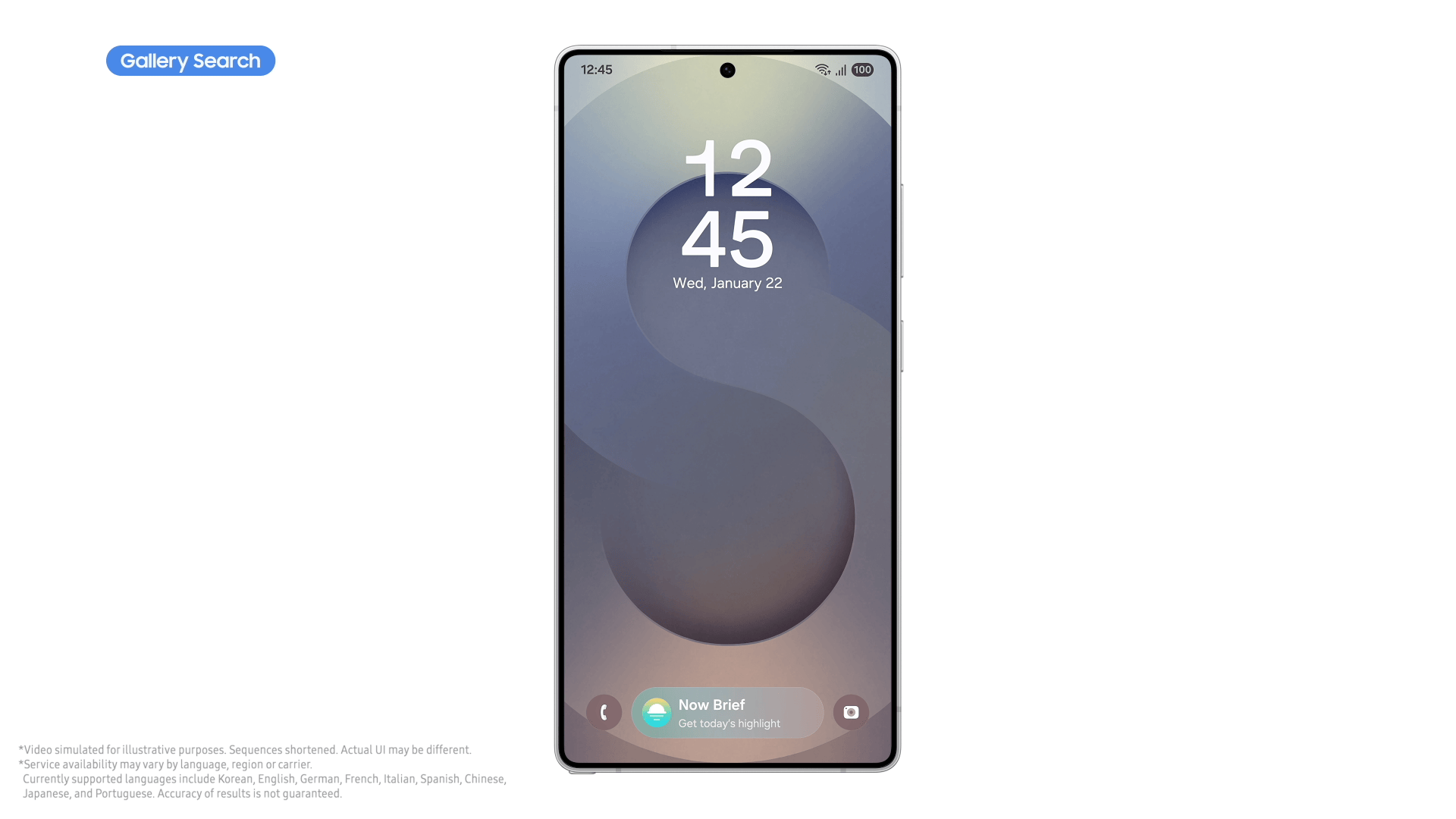The Android smartphone market is now more competitive than ever. Samsung is leading at 35.3% of the market, while brands like Xiaomi (14.7%) and Realme (4%) continue to grow and make their mark. Companies are preparing to release new phones, while some already have them. Overall, leaks, official announcements, and release patterns indicate that 2025 will be an unforgettable year for innovations, with little breathing space to take it all in.
At least, that’s how we hope it will be. No one wants to see the same thing year after year when there are endless possibilities. That said, here are some of the ways phones will change our lives and what to expect this year.
AI is becoming more powerful
Artificial Intelligence has been so widely discussed that it’s become a buzzword. Every new phone has some form of its integration. For a while, it has felt like there’s no real innovation there.
Most of the tasks are just basic functions dressed up as something more advanced, doing what you can already do for yourself without breaking a sweat. For example, voice assistants or auto-enhancements in photos that don’t really change the way we interact with our devices.
2025 may be the year we get it right with on-device AI capabilities, particularly with the launch of the Snapdragon 8 Elite chip. Before now, AI technology has been partially on-device and cloud-operated. Gemini Nano, at most, has 1.8 parameters to run tasks, which is only a fraction of the full-scale AI models use in the cloud. GPT-3 alone has 175 billion parameters.
With the new processor powering phones, the architecture will support more powerful on-device AI models in real-time and protect your data. It’s Qualcomm’s most advanced CPU yet, and borrows from their PC-level chips. It’s supposedly 45% faster than the Snapdragon 8 Gen 3, built on 3-nanometer technology, and using thse Qualcomm AI Engine to process intelligent tasks directly on your phone.
On-device AI processing expected to bring privacy
AI is becoming deeply embedded into the operating system of devices, rather than just being an external app. Whether you’re team Google Assistant or Siri, it will work in the background, anticipating your needs, adjusting settings, and optimizing your experience without you having to ask.
Samsung has taken advantage of these upgrades and added new features on the S25 to what the Galaxy AI introduced on the Galaxy S24. There’s the addition of Now Brief, a feature that gives you daily updates tailored to you, Cross-App Actions that help you summarize a YouTube video and save the key points in Samsung Notes, search for a place and share it while getting directions, and more.






iOS devices have also bought into the idea of on-device processing. Apple Intelligence is based on a 3 billion parameter language model that runs directly on user iPhones and iPads, specifically the iPhone 15 Pro. It uses low-bit palletization and LoRA adapters to optimize performance and provide responsive interactions without an internet connection.
We’re shifting to slimmer and lighter phones
Bulk doesn’t always indicate better durability. In fact, it can lead to more force when your device hits the ground, increasing the chances of damage. At the same time, many consumers and manufacturers now prefer a thin, minimalistic design. A thinner profile gives the device a more refined, contemporary look.
Apple may soon launch an iPhone 17 Air phone that’s reportedly 2 millimeters thinner than the iPhone 16 Pro, and Samsung may release the Galaxy S25 Slim, now called the S25 Edge.
One common worry with thinner phones is that the battery life will suffer. But that’s not the case. The recent Honor Magic 7 Lite phone is another great example. Despite the deceptively large, curved OLED screen, the phone’s thickness is around 7.9mm, and the weight is 189g. Above all, it has a massive 6,600mAh battery.
The secret is that manufacturers are moving from traditional lithium-ion batteries to more advanced silicon-carbon batteries. Lithium-ion batteries were the go-to option back then, but they often needed thicker devices to accommodate larger capacities.
Now, silicon-carbon batteries can pack larger capacities into slimmer designs, which is a more modern and refined approach. Asian phone makers, in particular, continue to embrace this trend and are capping battery sizes around 6,000mAh. Rumors are already brewing around the Galaxy S26 using one, and we may finally see Samsung leave the 5,000mAh mark.
A more secure user experience
Samsung has successfully fused hardware and software security solutions with its Personal Data Engine. One UI 7 handles your data locally on the Galaxy S25, ensuring that your usage patterns, preferences, and personal data are not being uploaded to any shady servers somewhere.
The Knox Security Platform also adds multiple layers of protection and constantly monitors the system for threats. In addition, the Knox Vault isolates your biometrics and PINs in a secure hardware area that is difficult for hackers to reach.




While we still have the issue of developers struggling to secure their apps from hackers, companies and foundations are working actively to resolve it. The Open Web Application Security Project (OWASP) has released their Mobile Security Testing Guide Version 2.0.
It’s a collection of instructions, checklists, secure coding techniques, and best practices that should help developers test and enhance the security of mobile apps. This new second version works for both Android and iOS apps.
There’s Nothing more to look forward to
As we progress further into the year, there are some phones I’m especially excited about. For one, the Pixel 9a is due for March 2025. The Pixel 9 came with a hefty price tag of $799, while the 9a is likely to come in at a more affordable $500. This price difference will make the phone an attractive option if you want the Pixel experience without the steep cost.
On top of that, the Pixel 9a will have a flatter camera bump that’s finer than its expensive siblings. I’m also looking forward to seeing the Nothing Phone 3 at MWC 2025. It’s going to be the brand’s first-ever flagship phone. The previous models were solid mid-range phones, and the Phone 3 is expected to bring advanced AI features, better hardware, and improved camera performance.
Which phone are you looking forward to the most in 2025?















